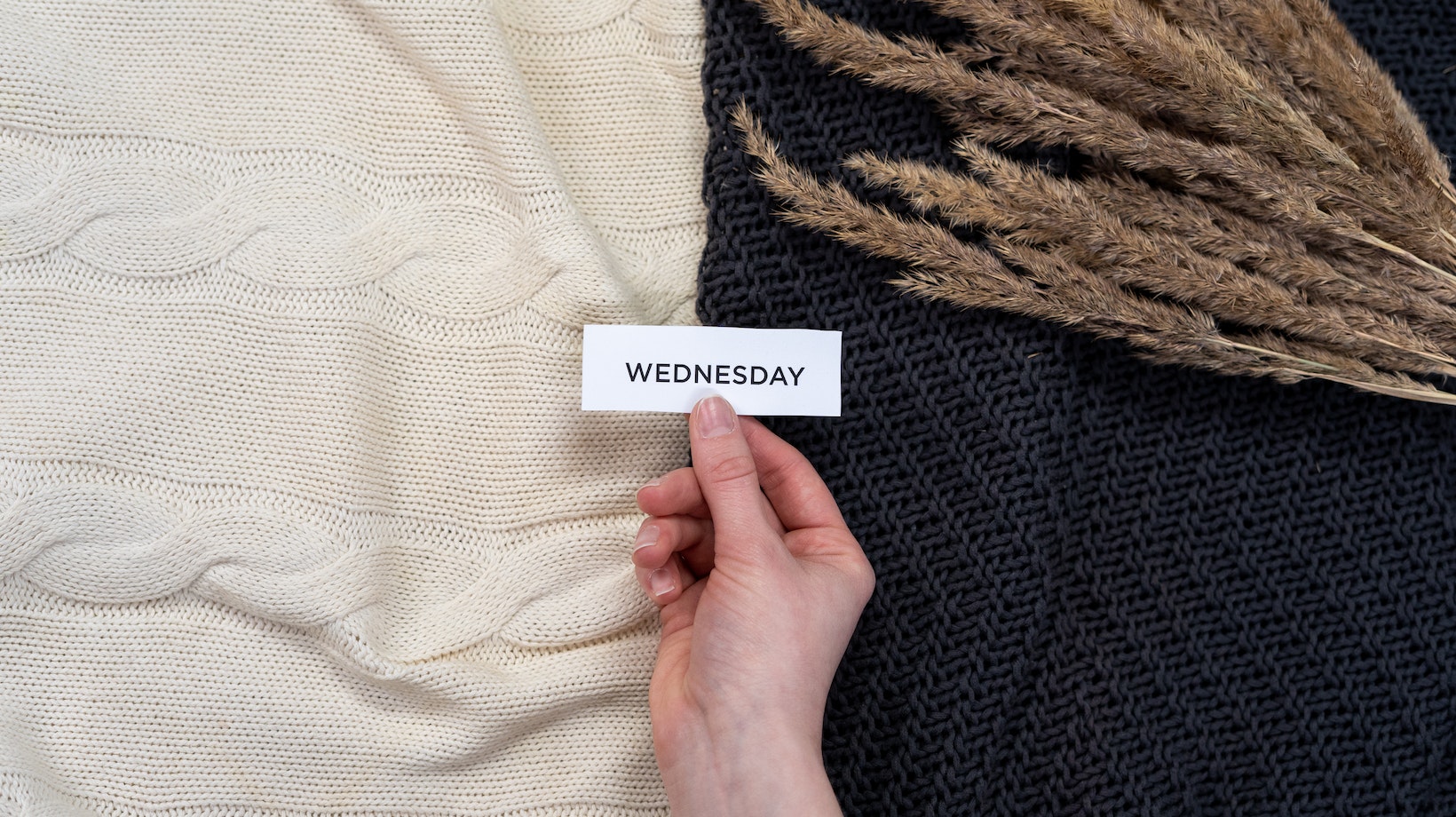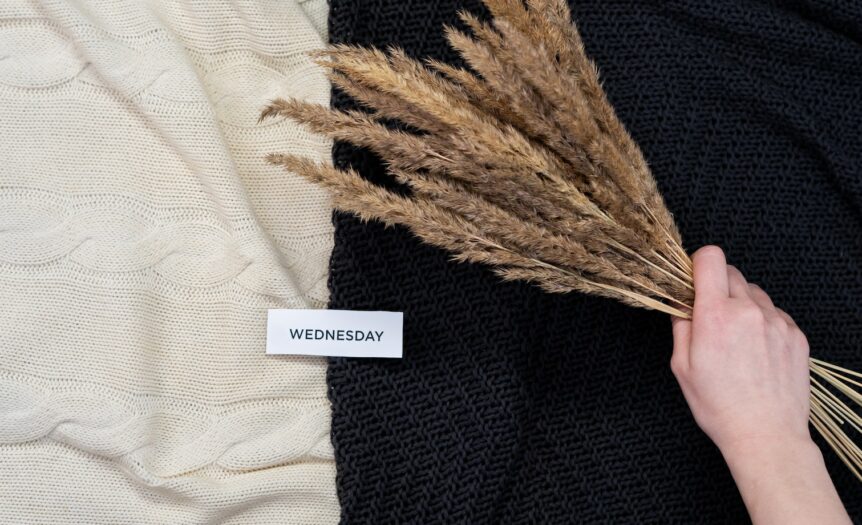Miercoles buen dia, or “Good Wednesday” in English, is a popular greeting used by Spanish speakers to wish each other a pleasant day. This cheerful phrase captures the positive energy associated with Wednesdays and sets a joyful tone for the rest of the week. While it may seem unusual to assign such significance to a specific day of the week, cultural expressions like miercoles buen dia highlight the value that different societies place on daily rituals and well-wishing.
In many cultures, including Spanish-speaking communities, Wednesdays hold a special significance as they mark the midpoint of the workweek. By using miercoles buen dia as a salutation, individuals not only acknowledge this milestone but also seek to uplift others during what can often be a challenging time. The power of simple greetings should never be underestimated; they have the ability to brighten someone’s day and foster stronger connections within communities.
So next time you find yourself surrounded by Spanish speakers on a Wednesday morning, don’t be surprised if you hear miercoles buen dia being exchanged among friends and colleagues. Embrace this heartwarming tradition and join in spreading positivity as you wish those around you a truly good Wednesday. After all, small gestures like these have the potential to make a big difference in our daily lives.
Miercoles Buen Dia
Miercoles Buen Dia, which translates to “Wednesday Good Day,” is a cultural celebration that holds great significance in many Latin American countries. This unique observance has its roots in the rich tapestry of indigenous cultures and traditional beliefs.
The origins of Miercoles Buen Dia can be traced back to ancient Mayan and Aztec civilizations, where Wednesdays were considered auspicious days for honoring nature, fertility, and agricultural abundance. In these cultures, Wednesday was associated with the deity Quetzalcoatl, who represented wisdom, harmony, and new beginnings.
Cultural Celebrations on Miercoles Buen Dia
Across Latin America, Miercoles Buen Dia is celebrated with a vibrant array of festivities that showcase the region’s diverse cultural heritage. Communities come together to honor their shared traditions through music, dance performances, colorful parades, and lively street markets.
In Mexico, for example, you’ll find elaborate ceremonies featuring traditional dances like the Danza de los Voladores (Dance of the Flyers). Performers climb a tall pole while attached to ropes and gracefully descend in a mesmerizing spiral motion symbolizing unity with nature.
Similarly, in Guatemala and other Central American countries, indigenous communities gather on Miercoles Buen Dia to perform sacred rituals honoring their ancestors. These rituals often involve offerings of food and flowers as a way of expressing gratitude for bountiful harvests and seeking blessings for the future.

Traditions and Customs Associated with Miercoles Buen Dia
Miercoles Buen Dia is also marked by various customs that reflect the spiritual beliefs deeply ingrained in Latin American culture. People engage in activities such as creating intricate floral arrangements called “mandalas” or participating in cleansing rituals performed by shamans or spiritual leaders.
Another common tradition during this celebration involves visiting local temples or churches to seek blessings and guidance for the coming days. Many individuals also take this opportunity to make resolutions, setting intentions for personal growth, and positive transformation.
Moreover, Miercoles Buen Dia serves as a reminder to embrace nature and appreciate its abundance. Communities often organize tree-planting initiatives or engage in environmental conservation efforts as a way of honoring the interconnectedness between humans and the natural world.
The Significance of Miercoles Buen Dia
Miercoles Buen Dia, which translates to “Wednesday Good Day” in English, is a phrase commonly used in various Spanish-speaking countries. It holds a special significance as it signifies the midpoint of the workweek, providing people with a cheerful boost to get through the rest of their week.
Many individuals believe that uttering “Miercoles Buen Dia” brings good luck and positive energy. By acknowledging Wednesday as a turning point towards the weekend, people can embrace a more optimistic mindset and approach their tasks with renewed vigor.
Miercoles Buen Dia is more than just a regular Wednesday; it’s an occasion that embodies the deep-rooted cultural traditions, spiritual beliefs, and connections with nature in Latin American communities. This celebration offers a glimpse into the rich tapestry of indigenous cultures that continue to thrive in these regions. As we delve deeper into understanding Miercoles Buen Dia, we uncover not only its historical significance but also its ongoing relevance in fostering unity, gratitude, and harmony within communities across Latin America.








